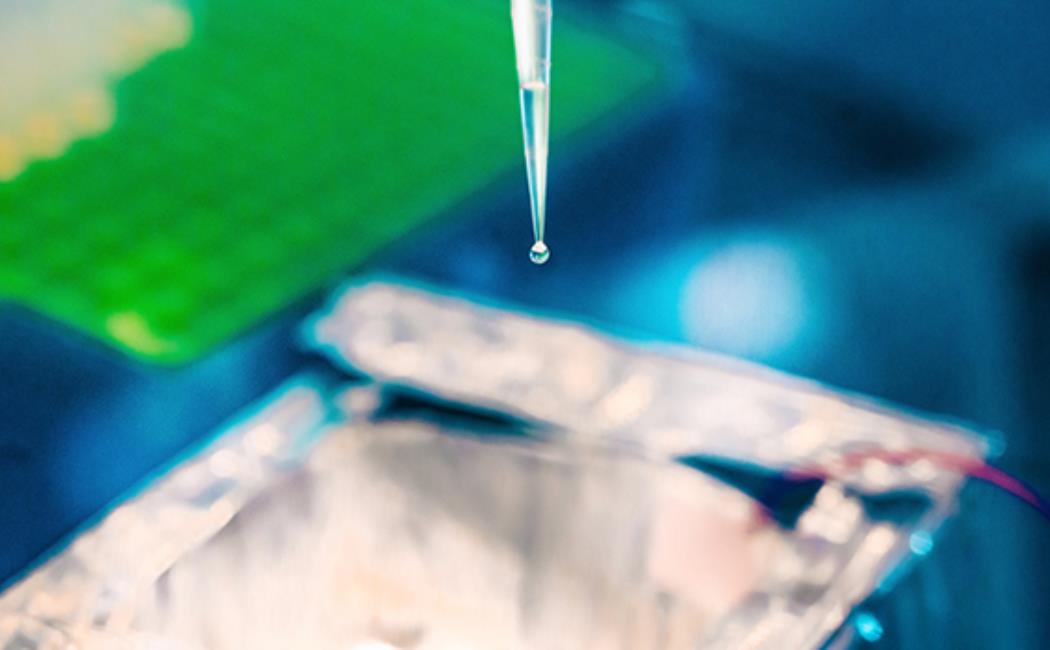
Probing water for an electrifying cause
28 October, 2020
For over a century, scientists have been puzzled by the electrification of water when it is brought in contact with water-repellent or “hydrophobic” materials, such as paraffin wax, oils, air bubbles and perfluorinated membranes and sheets. Underlying mechanisms remain hotly debated. Now, a team of KAUST engineers has untangled the roles of water, hydrophobicity and environmental factors in this process. This fundamental contribution could support development of better devices for microfluidics and nanofluidics and for generating clean energy.
“Hydrophobic surfaces are quite common,” notes Jamilya Nauruzbayeva, Ph.D. student and lead author of the study. “For instance, polypropylene and perfluorinated pipettes, tubes, coatings and membranes are hydrophobic surfaces used for many basic sciences and engineering applications. Thus, it is important to understand which mechanisms are at play to improve them and develop new ones.”
Click here to read the full story
Image: KAUST researchers observed that “pendant” droplets formed from hydrophobic capillaries respond to uniform electric fields.
© 2020 KAUST; Anastasia Serin